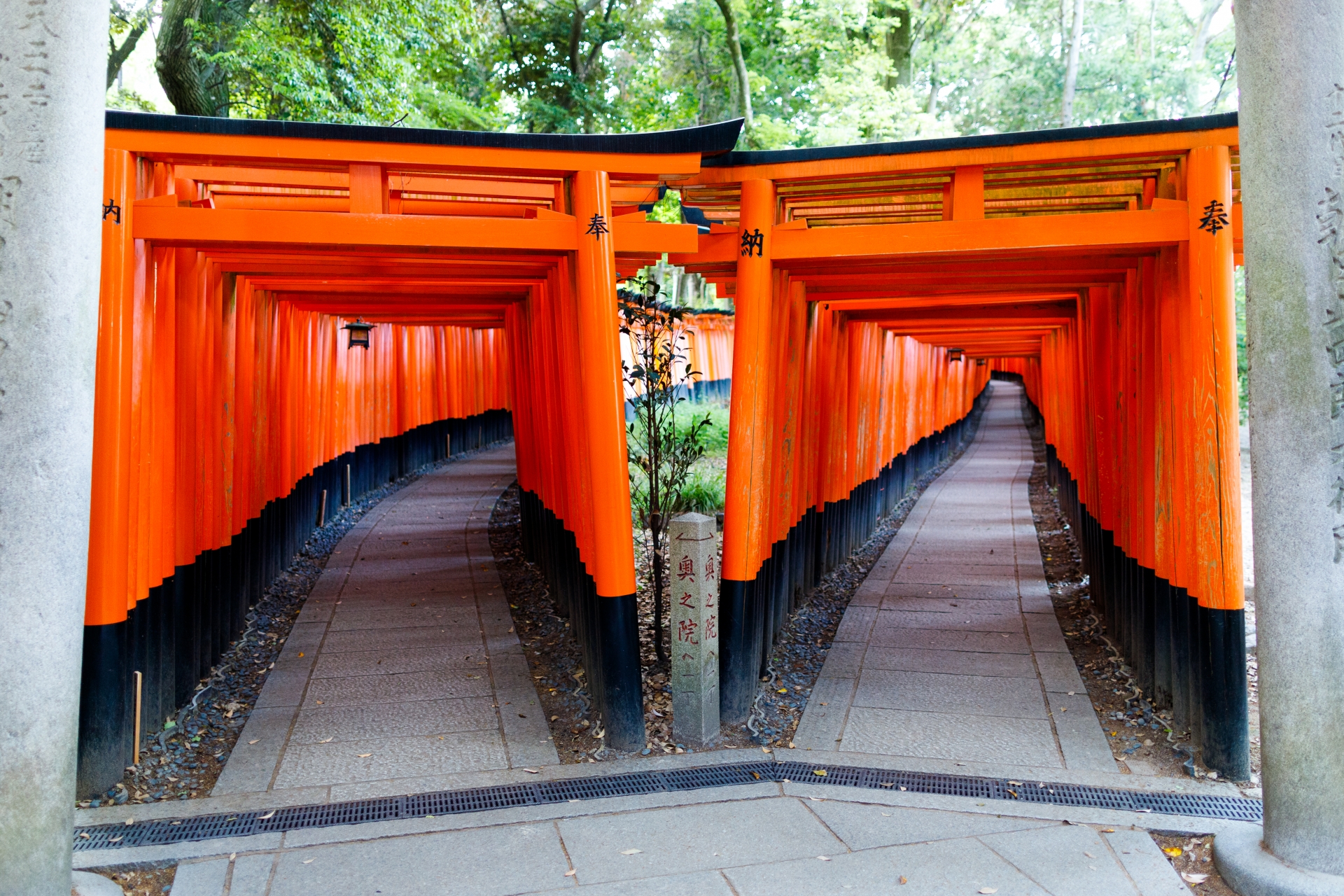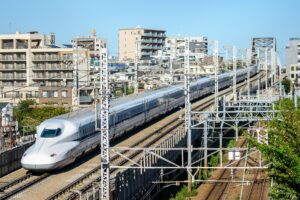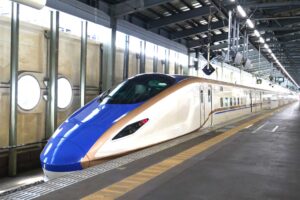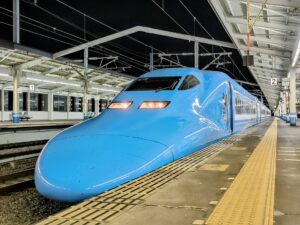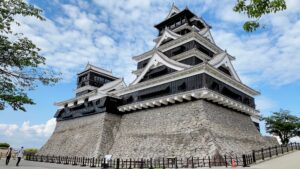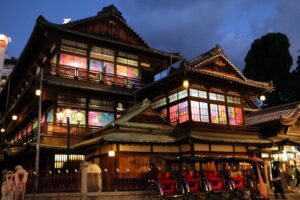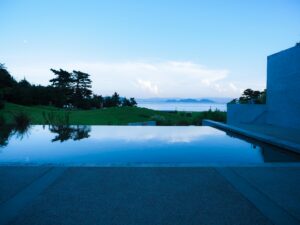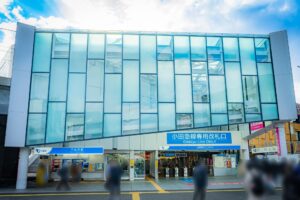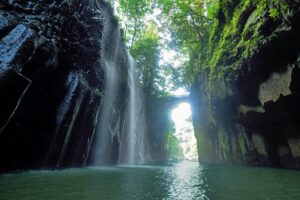Japan’s “Classic 7-Day Route,” often referred to as the Golden Route, is the most popular itinerary for first-time travelers. It’s easy to understand why. In just one week, you can experience Tokyo’s futuristic cityscapes, immerse yourself in the spiritual calm of Kyoto’s temples, enjoy the soothing hot springs of Hakone, and savor Osaka’s legendary street food scene. This curated path offers an ideal blend of modern Japan, historic charm, and natural beauty.
Most travelers searching for this itinerary want something balanced, efficient, and beginner-friendly. They want the highlights — the unforgettable sights, the cultural icons — without wasting precious vacation time. This article builds on recommendations from leading travel sources but enhances them with practical advice, seasonal tips, budgeting guidance, and flexible options that many guides overlook.
What Is the “Classic Japan 7-Day Route”?
The Classic Japan 7-Day Route is a streamlined journey through Japan’s most iconic destinations, typically connecting Tokyo, Hakone or Fuji, Kyoto, Nara, and Osaka. It follows the historical Tokaido trail—once traveled by samurai and merchants—now mirrored by the convenient Tokaido Shinkansen line.
Travelers favor this route because it offers a little bit of everything: the energy of Tokyo, the serenity of Mount Fuji and hot springs, the cultural richness of Kyoto, and the culinary excellence of Osaka. This variety makes the route appealing to virtually everyone, from solo backpackers to couples and families. Another major advantage is accessibility; most destinations provide clear English signage, efficient transport, and attractions suited for visitors of any experience level.
Common Variants of the Classic Route
There are a few well-known patterns. Some travelers choose the simplest version — just Tokyo and Kyoto — which is especially common among families or those wanting a slower pace. Others follow the more complete Golden Route including Hakone or the Fuji area before heading to Kyoto and Osaka. A third group keeps it flexible, visiting Tokyo and Kyoto but adding Osaka only if time allows. The itinerary in this article includes both a relaxed and a full version to accommodate different travel styles.
Why Choose the 7-Day Route — Who It’s For
This itinerary works beautifully for first-time visitors and for anyone with limited time who still wants to experience Japan’s most essential destinations. It also suits travelers who enjoy a mix of city life, cultural exploration, and natural scenery. Because the cities are connected so smoothly by Japan’s rail system, the route is easy to navigate even with minimal Japanese language skills.
There are clear advantages to choosing this plan. It allows you to see many iconic sights efficiently without unnecessary backtracking. It combines different sides of Japan — ancient shrines, neon districts, mountain scenery, and gourmet food — in one cohesive journey. It’s also a year-round itinerary, making it reliable regardless of the season.
That said, the pace can feel fast. You’ll move cities every one or two days, leaving less time to settle into each location. Peak seasons like cherry blossom and autumn foliage can also be crowded. Still, for most travelers with just a week, no other itinerary delivers as much variety and satisfaction.
Sample 7-Day Itinerary Plan (Detailed)
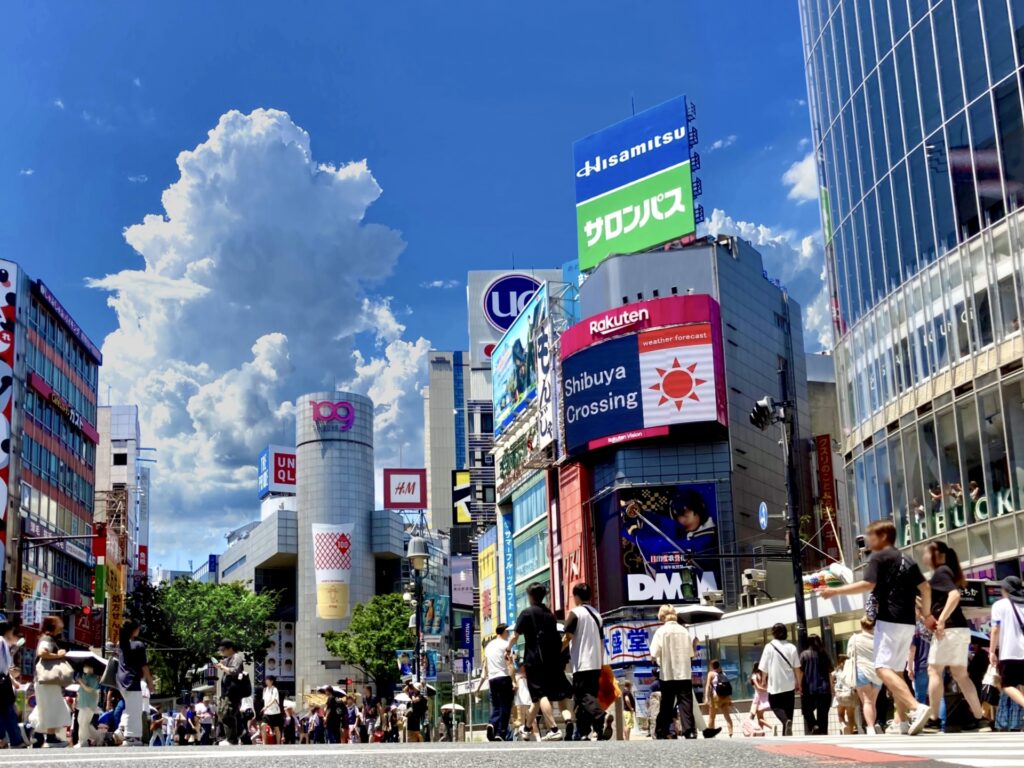
Below are two versions of the route depending on your preferred pace.
Plan A (Relaxed): Tokyo → Kyoto → Osaka
Travelers who prefer a slower rhythm — families with children, older travelers, or those who simply dislike packing and unpacking often — will appreciate Plan A. The first three days are spent exploring Tokyo at a comfortable pace. Days four and five take you to Kyoto, giving you enough time to enjoy temples, tea houses, and historic districts without rushing. The final two days are spent in Osaka, where you can unwind with delicious food and enjoy a lively urban atmosphere before flying out.
Plan B (Full Classic/Golden Route): Tokyo → Hakone/Mt. Fuji → Kyoto → Nara → Osaka
Plan B is the complete Golden Route experience. It includes everything travelers typically expect: Tokyo’s modern attractions, Hakone’s hot springs and Fuji views, Kyoto’s traditional culture, Nara’s historic temples and friendly deer, and finally Osaka’s nightlife. The following section describes this route in detail.
Day-by-Day Breakdown (Plan B)

Day 1: Arrival in Tokyo — Light Exploration
Most travelers arrive through Narita or Haneda Airport. After your long flight, it’s best to ease into the city by exploring a nearby district rather than tackling a full sightseeing itinerary. Many visitors enjoy starting with Shibuya, whether by crossing the world-famous scramble crossing or heading up to Shibuya Sky for a panoramic view. Asakusa is another great gentle start, offering temples, traditional streets, and plenty of casual dining options. Staying in areas like Shinjuku, Shibuya, or Ginza also helps you quickly settle in thanks to excellent transport access.

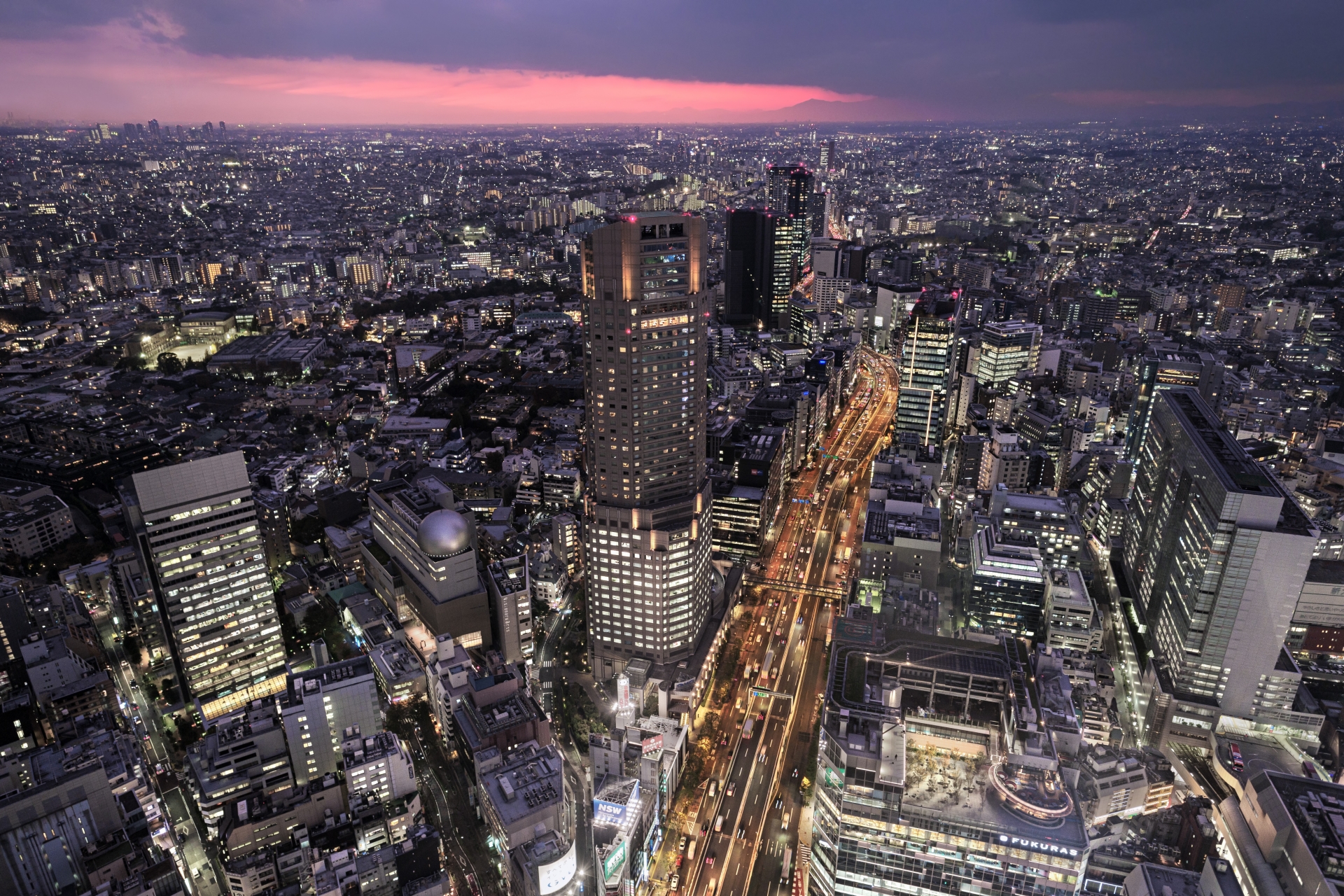
Day 2: Tokyo Highlights — Modern + Traditional
Tokyo is a city of contrasts, and today you’ll experience both its serene and futuristic sides. Begin with a peaceful stroll through the forested grounds of Meiji Shrine before stepping into the colorful fashion district of Harajuku. From there, you can walk to Omotesando, known for its stylish boutiques and modern architecture. Spend the afternoon exploring Shibuya or Ginza, depending on whether you prefer youth culture or sophisticated shopping. In the evening, choose between the immersive digital art of teamLab Planets or a sunset view from Tokyo Skytree. If you have extra time or specific interests, neighborhoods like Akihabara or Odaiba offer plenty of entertainment.
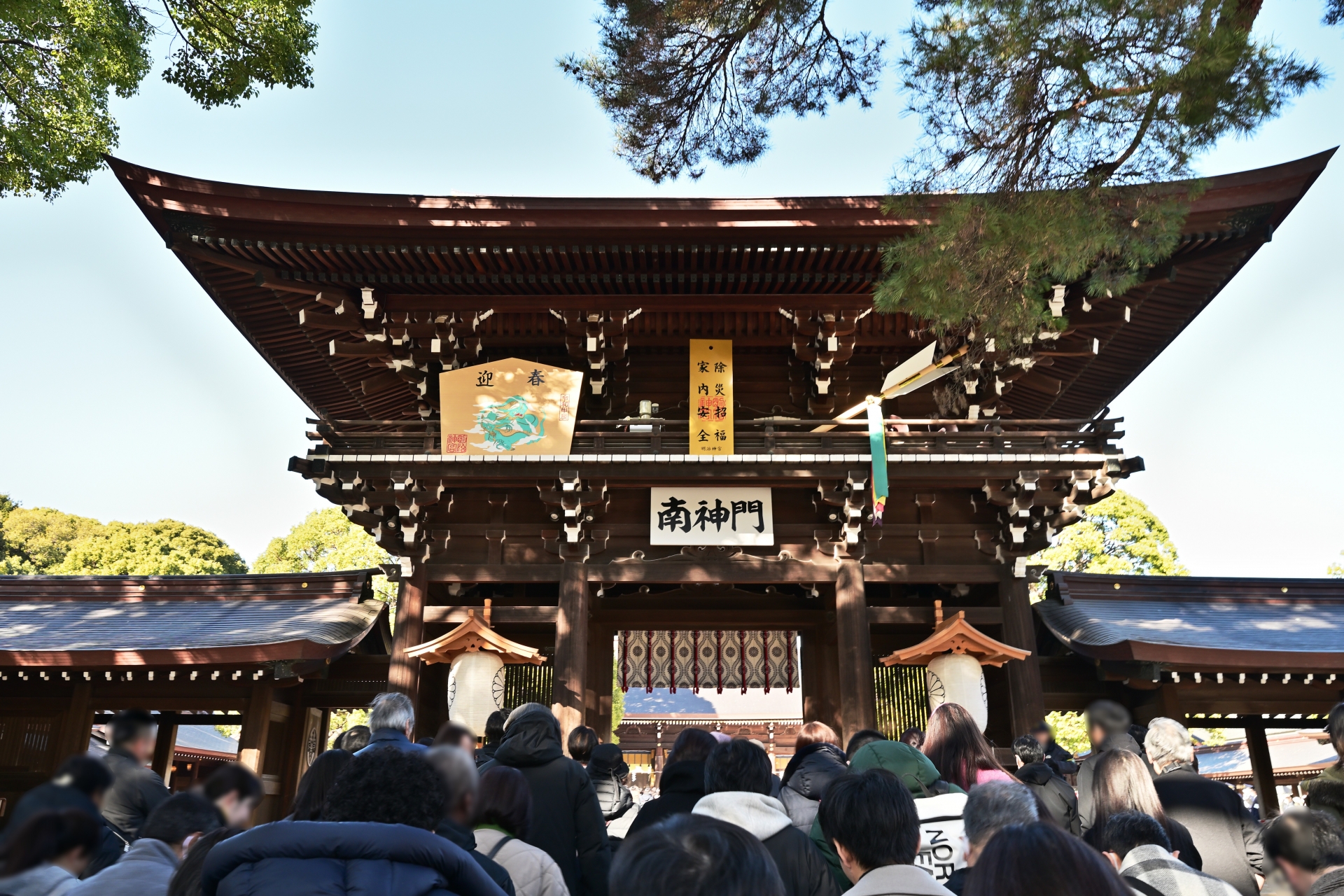
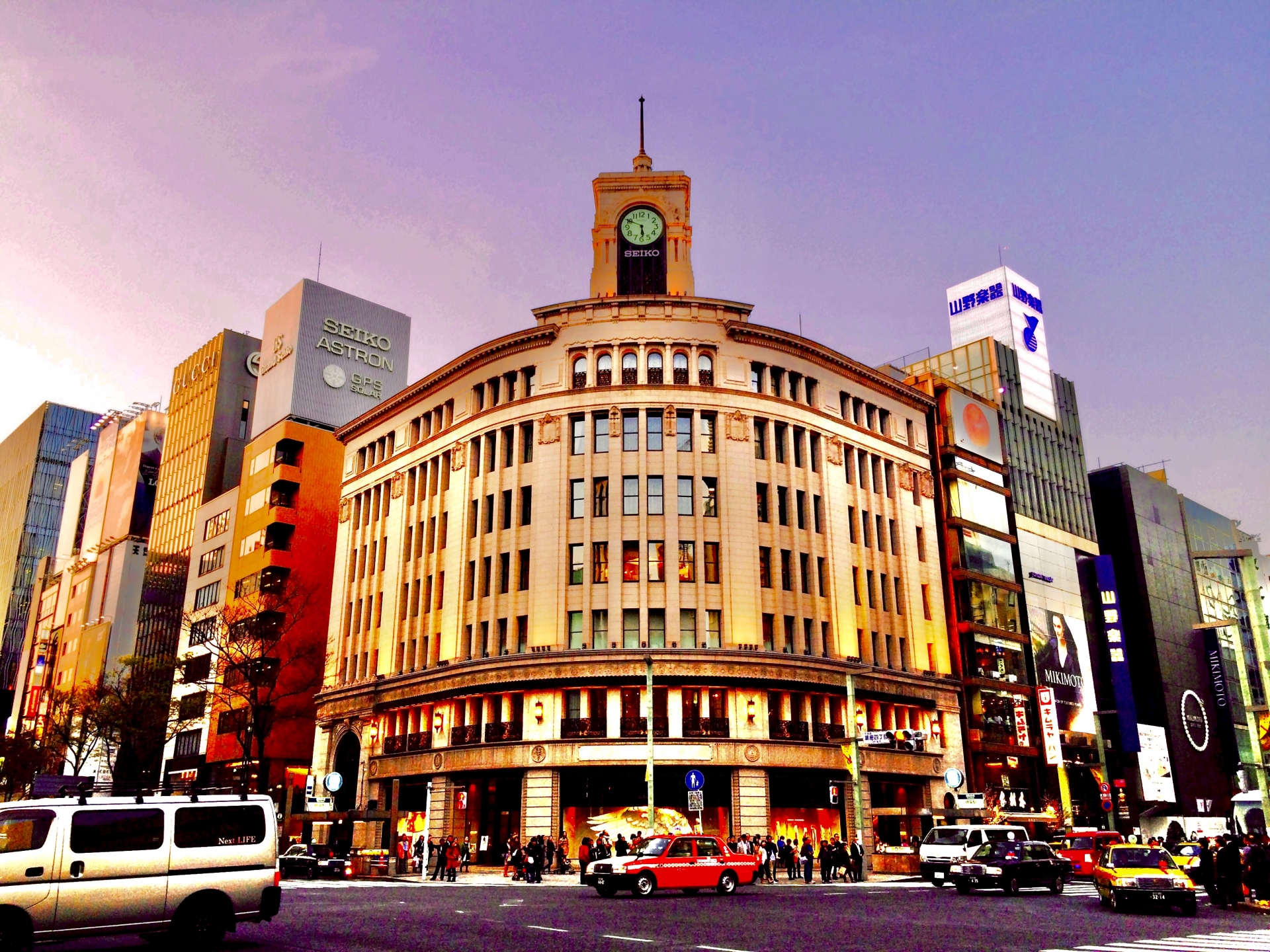
Day 3: Tokyo → Hakone / Mount Fuji Area — Nature & Onsen
Leaving Tokyo behind, your journey continues toward the mountains and hot springs of Hakone. This area offers a refreshing contrast to the city, with its scenic lake views, volcanic landscapes, and relaxing ryokan stays. A cruise on Lake Ashi often provides stunning views of Mount Fuji, especially in the morning, while the Hakone Ropeway offers dramatic scenery as it passes over the steaming Owakudani Valley. Many travelers choose to stay at a ryokan tonight, which includes traditional meals and access to natural hot spring baths. Sending your luggage ahead to Kyoto using a delivery service can make this overnight trip much more comfortable.
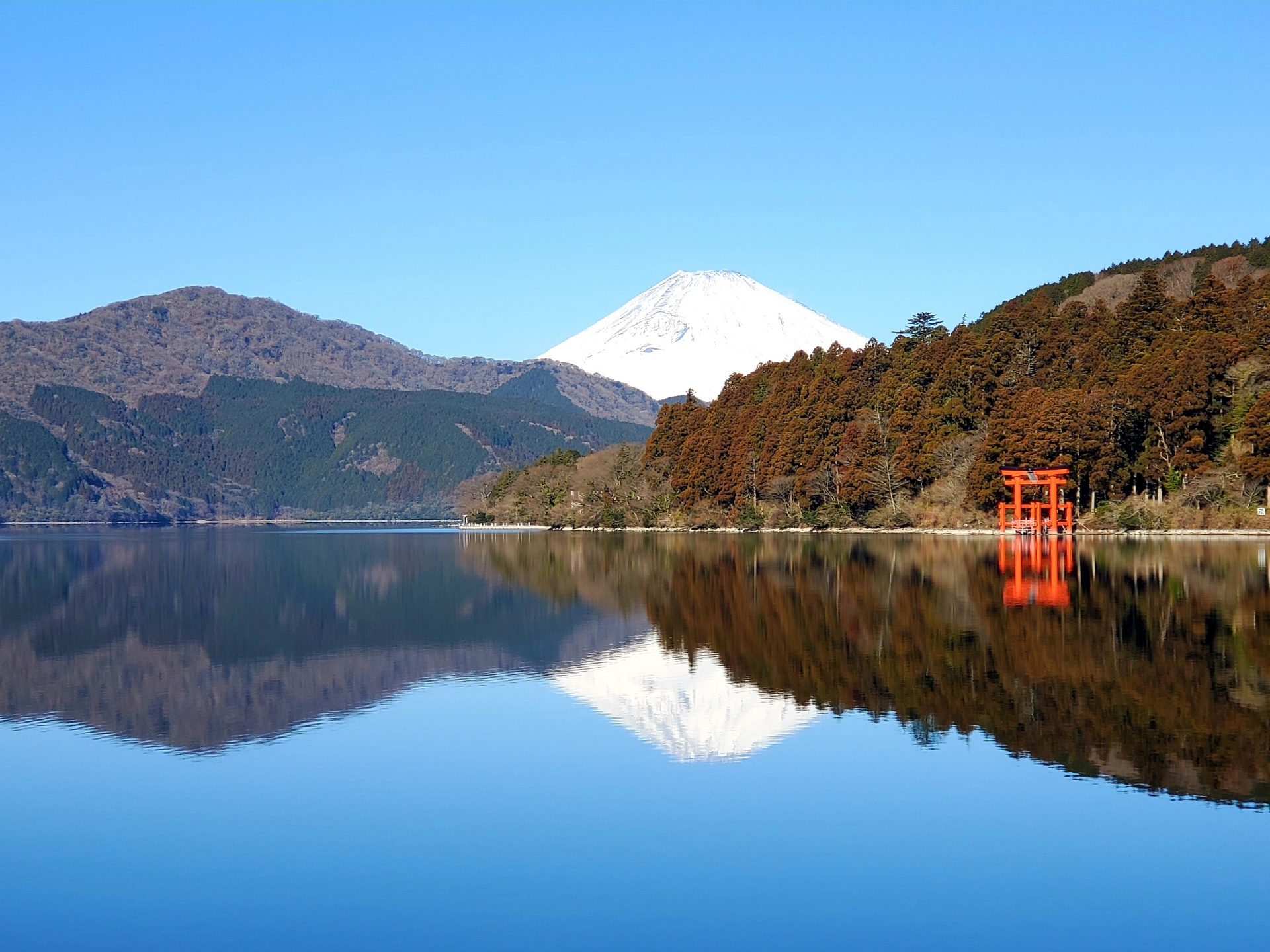
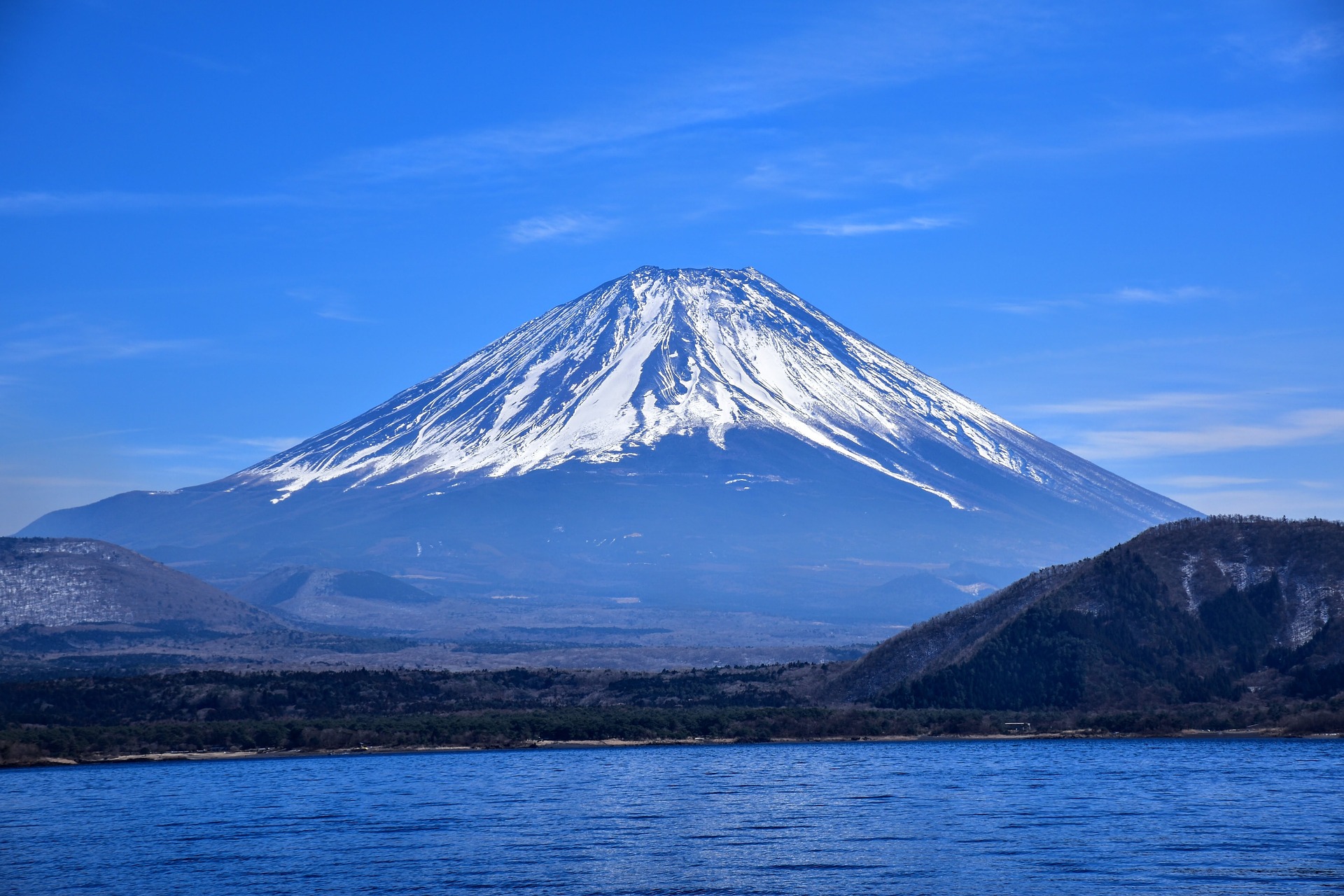
Day 4: Hakone → Kyoto — Enter Historic Japan
From Odawara Station, the Shinkansen will take you directly to Kyoto in about two hours. Once in Kyoto, the atmosphere shifts immediately — wooden houses, lantern-lit alleys, and centuries-old shrines define the city’s character. Spend your first afternoon wandering through Gion, where you might catch a glimpse of a maiko on her way to an appointment. In the evening, Yasaka Shrine glows beautifully under soft lighting, creating a memorable introduction to Kyoto’s spiritual side. Consider ending the night with a tea ceremony or a traditional dinner.
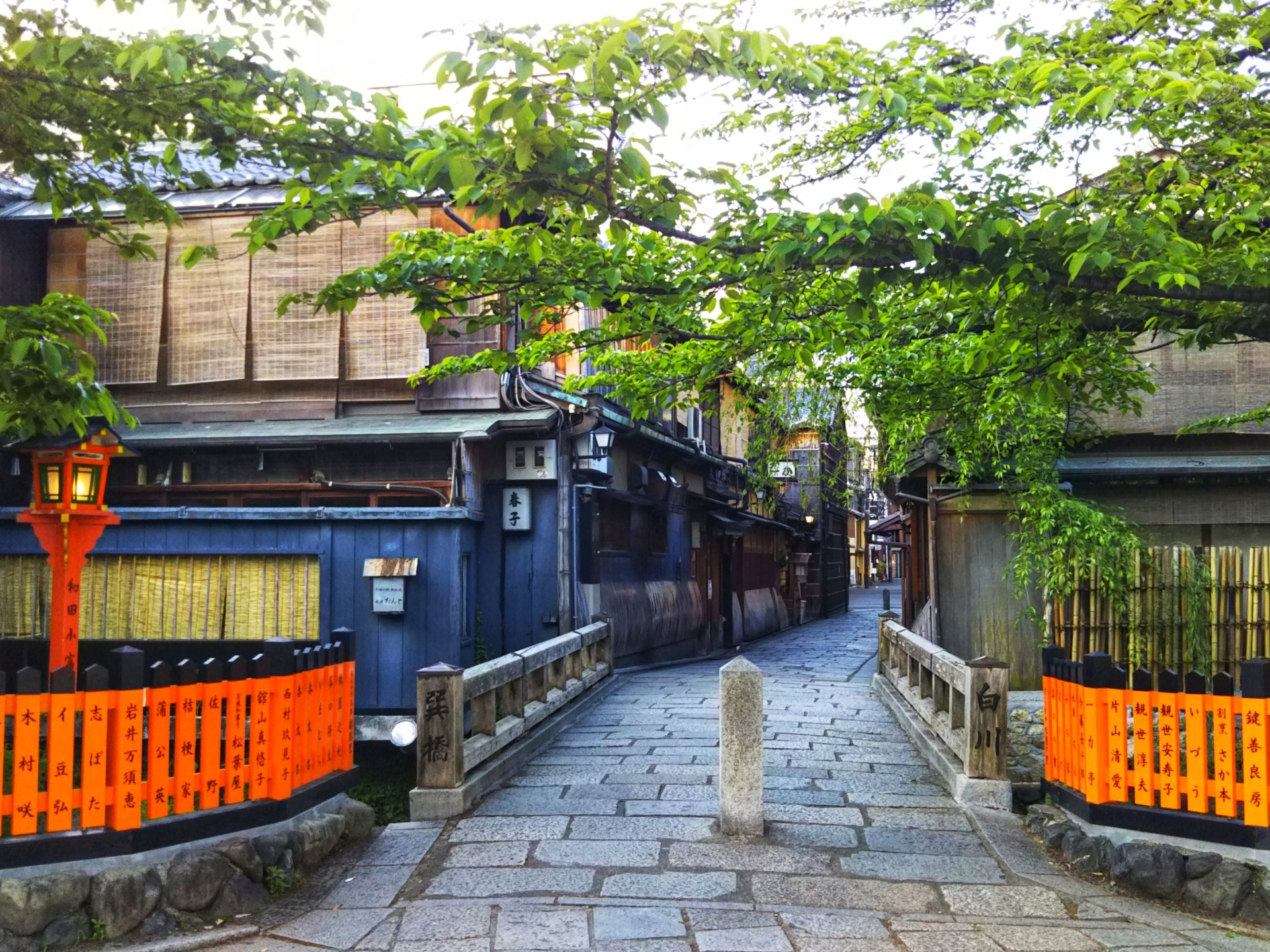
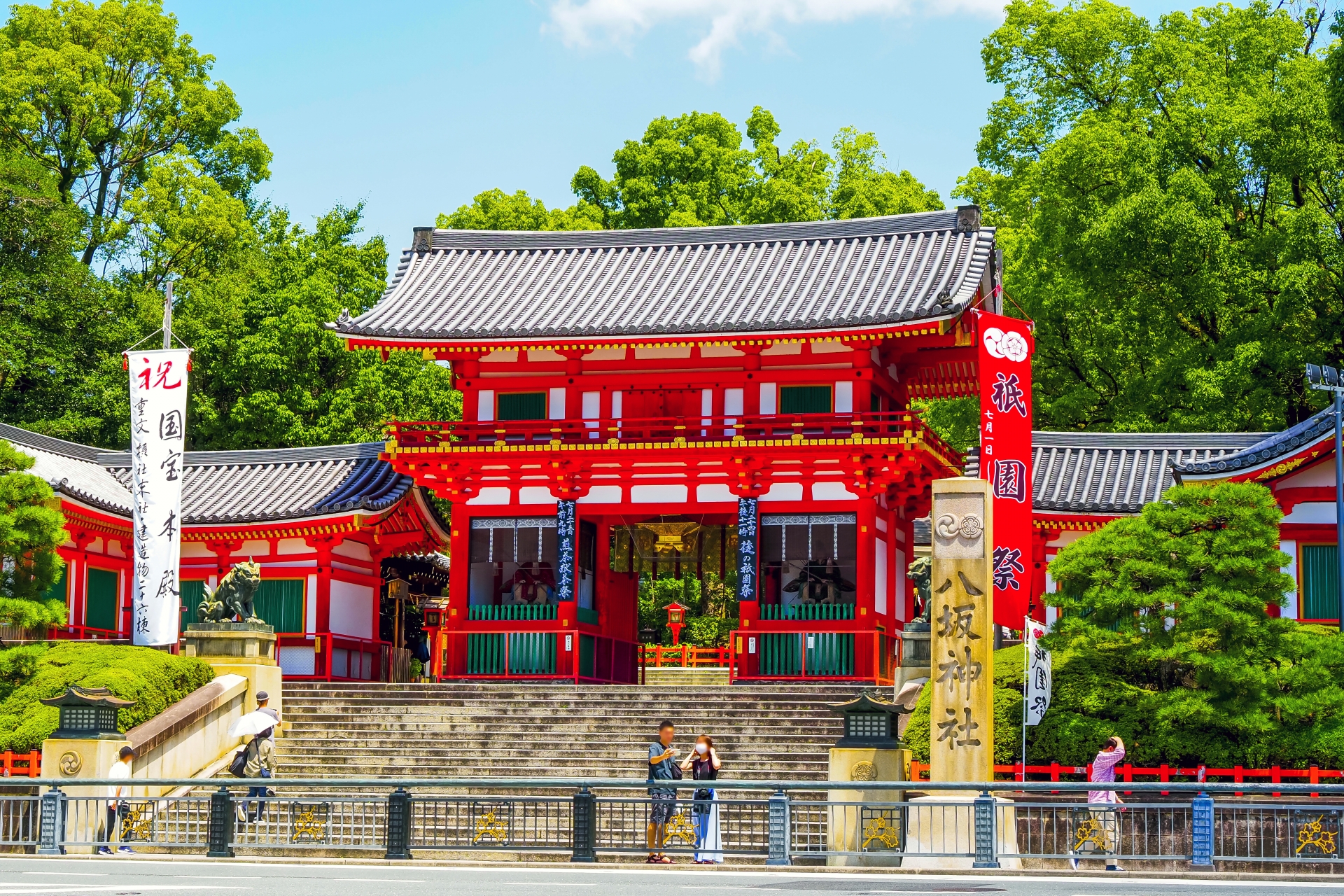
Day 5: Kyoto — Temples, Culture & Ancient Streets
Kyoto is dense with cultural sites, so today is devoted entirely to exploring them. Start early at Fushimi Inari Shrine to enjoy its iconic path of thousands of torii gates before the crowds grow. Around midday, make your way to Kiyomizu-dera Temple, one of Kyoto’s most impressive wooden structures, and then stroll through the preserved lanes of the Higashiyama district. Later, head to Arashiyama to walk through its bamboo grove. Depending on your energy, you can visit the Monkey Park or relax by the river. Dinner in Kyoto is a highlight for many travelers, especially if you try a kaiseki meal or explore the restaurants and bars along Pontocho Alley.
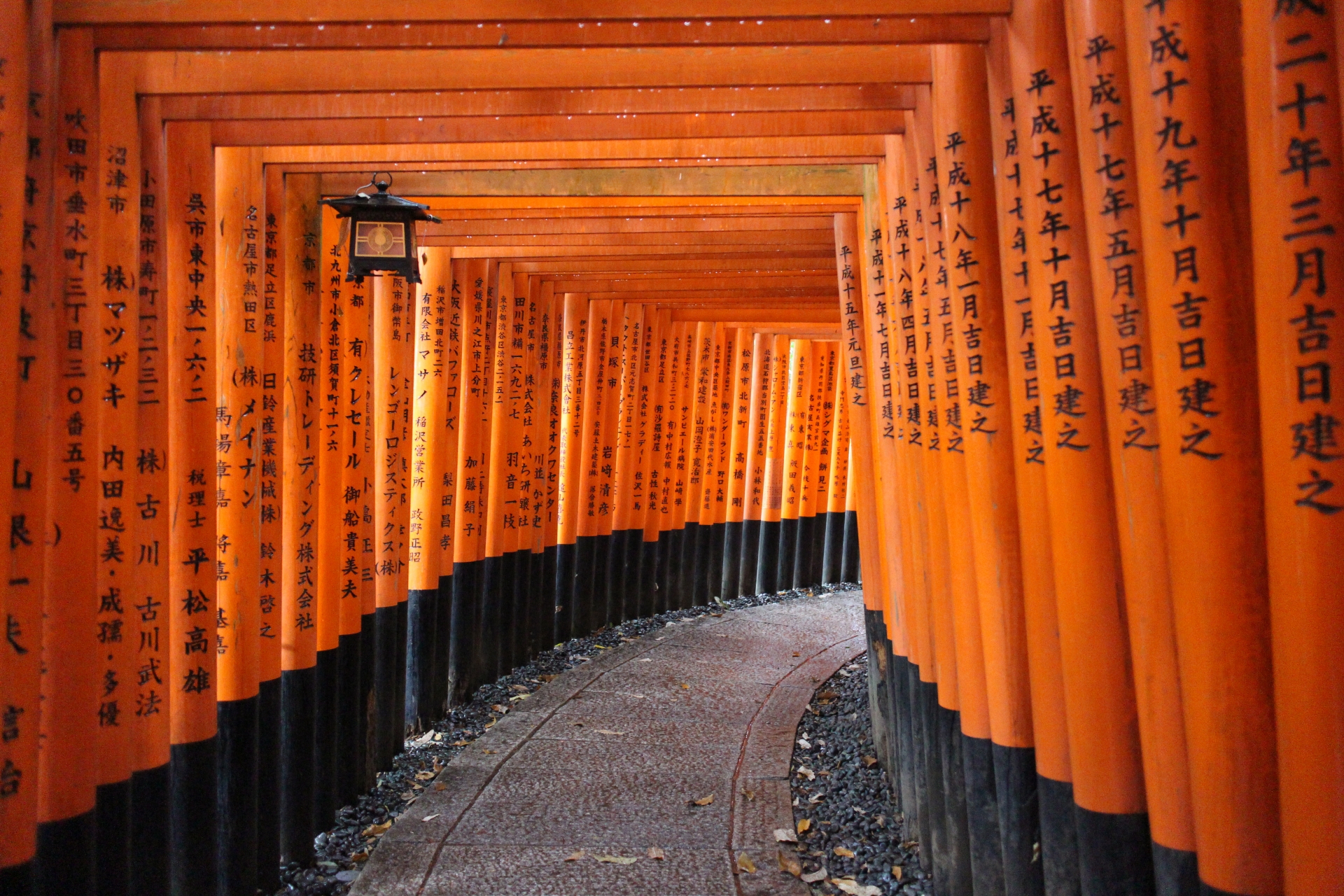
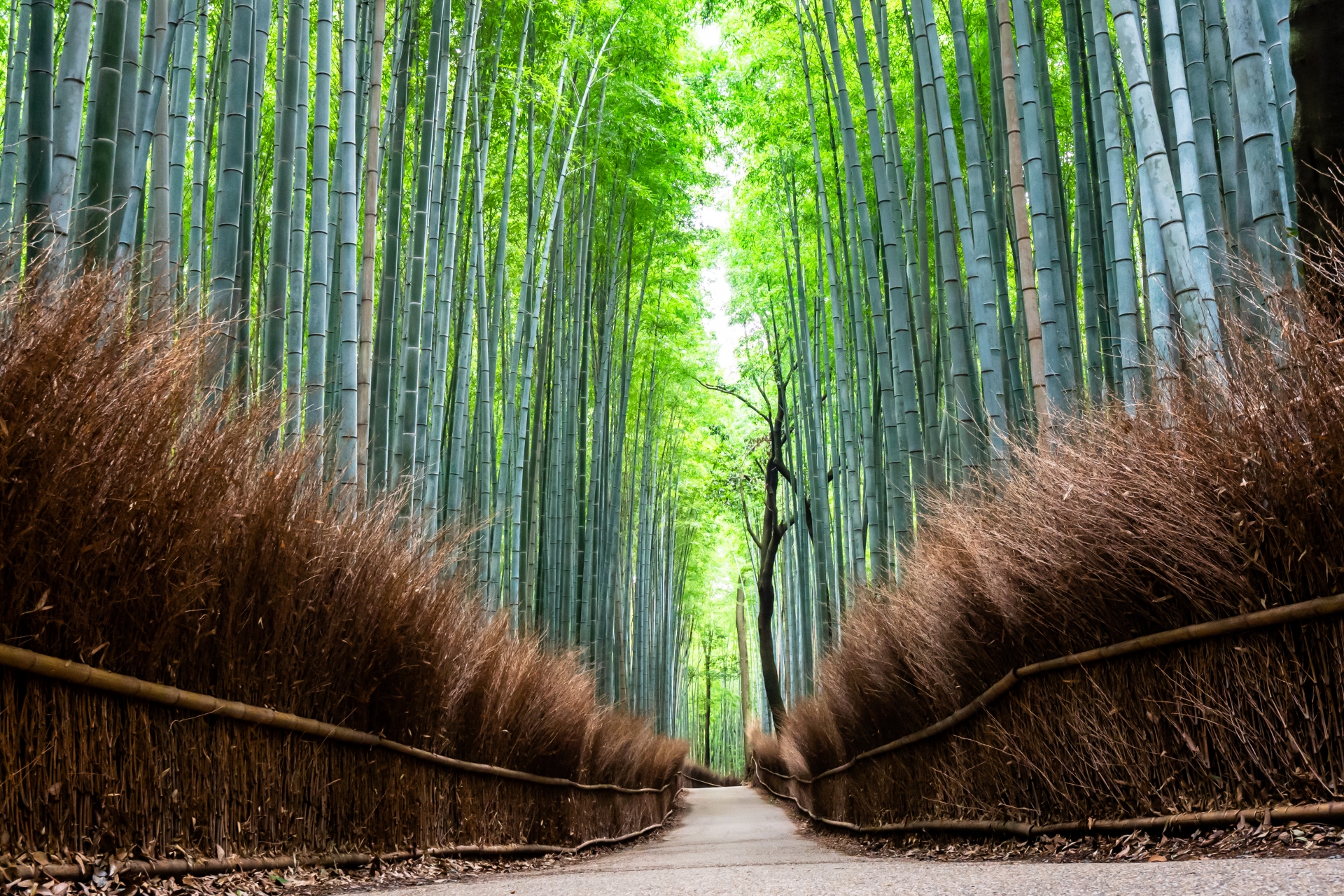
Day 6: Nara Day Trip → Osaka Nightlife
A short train ride brings you from Kyoto to Nara, Japan’s first permanent capital. Nara Park is famous for its free-roaming deer, but its true centerpiece is Todai-ji Temple, home to a massive bronze Buddha statue. After exploring the temple grounds and nearby shrines such as Kasuga Taisha, continue to Osaka in the afternoon. Osaka offers a different kind of energy — bright neon lights, lively streets, and some of the country’s best comfort food. Dotonbori is the heart of the city’s nightlife, and an evening spent tasting takoyaki, okonomiyaki, and kushikatsu becomes a memorable experience for many visitors.
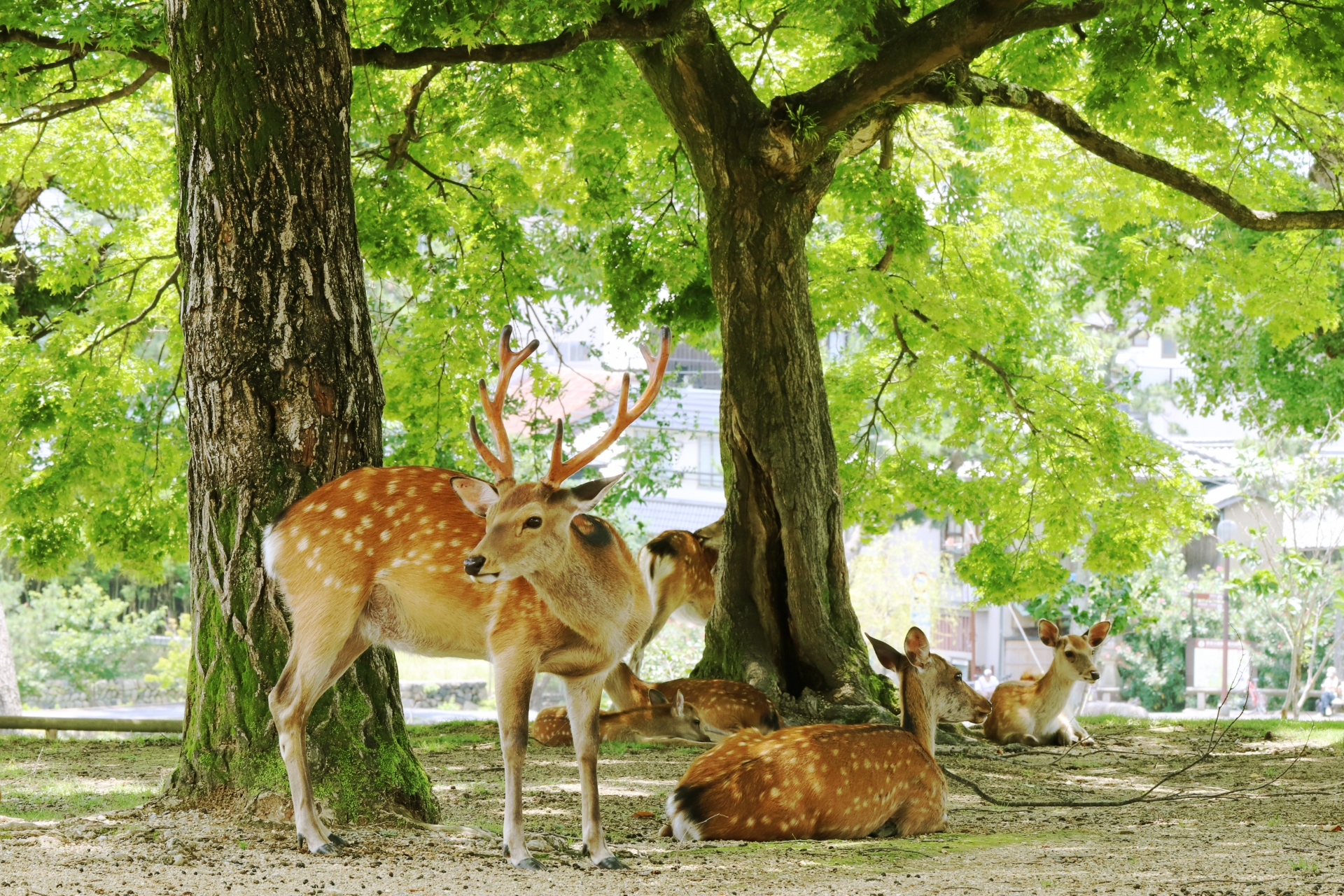
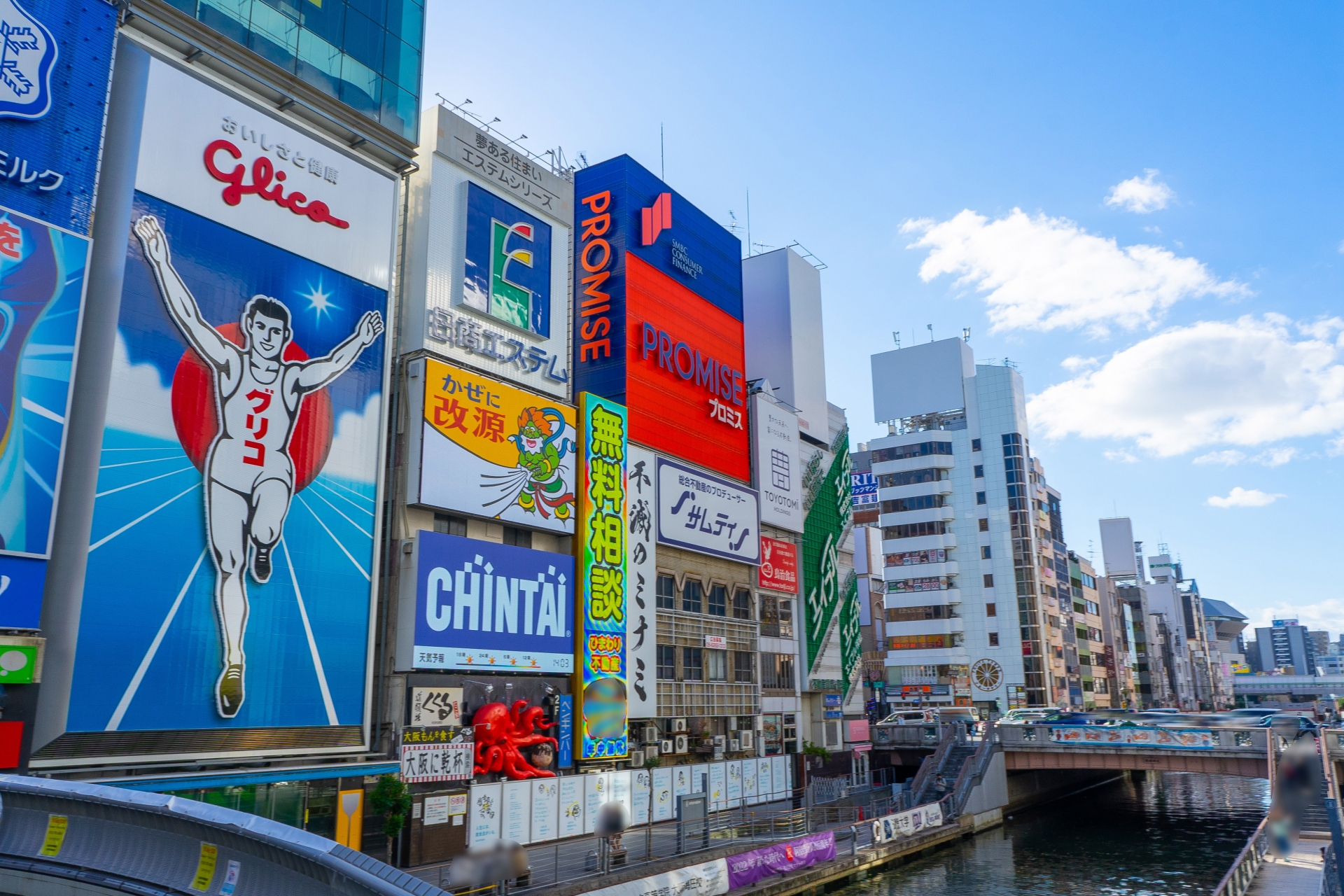
Day 7: Osaka or Departure
On your final day, you can continue exploring Osaka before flying out of Kansai Airport. Many travelers visit Osaka Castle for its historical exhibits and expansive park. Others enjoy the futuristic views from the Umeda Sky Building or the quirky retro charm of the Shinsekai district. If you prefer shopping, areas like Namba and Umeda offer everything from luxury brands to local boutiques. It’s an easy and flexible last day before heading home.
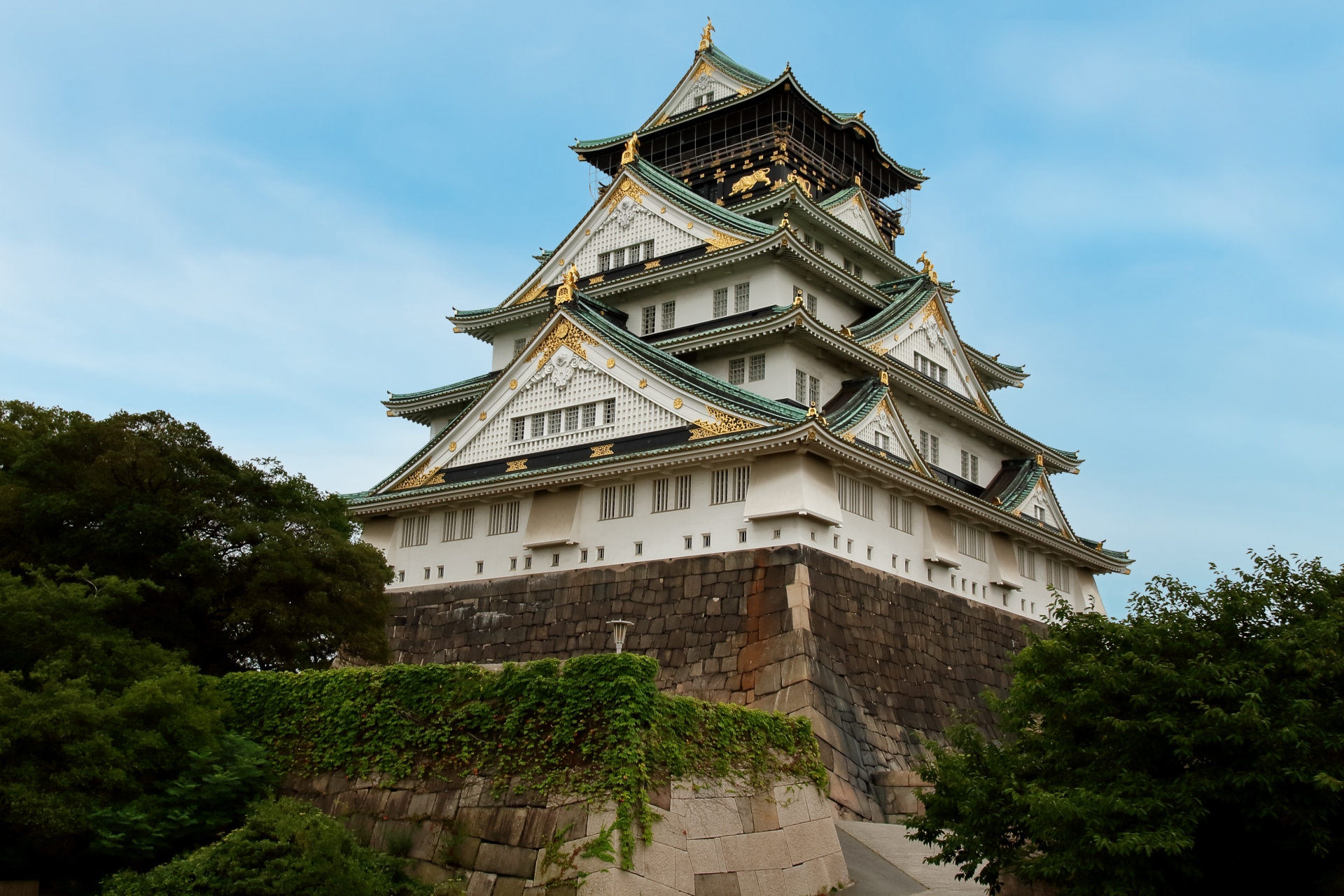
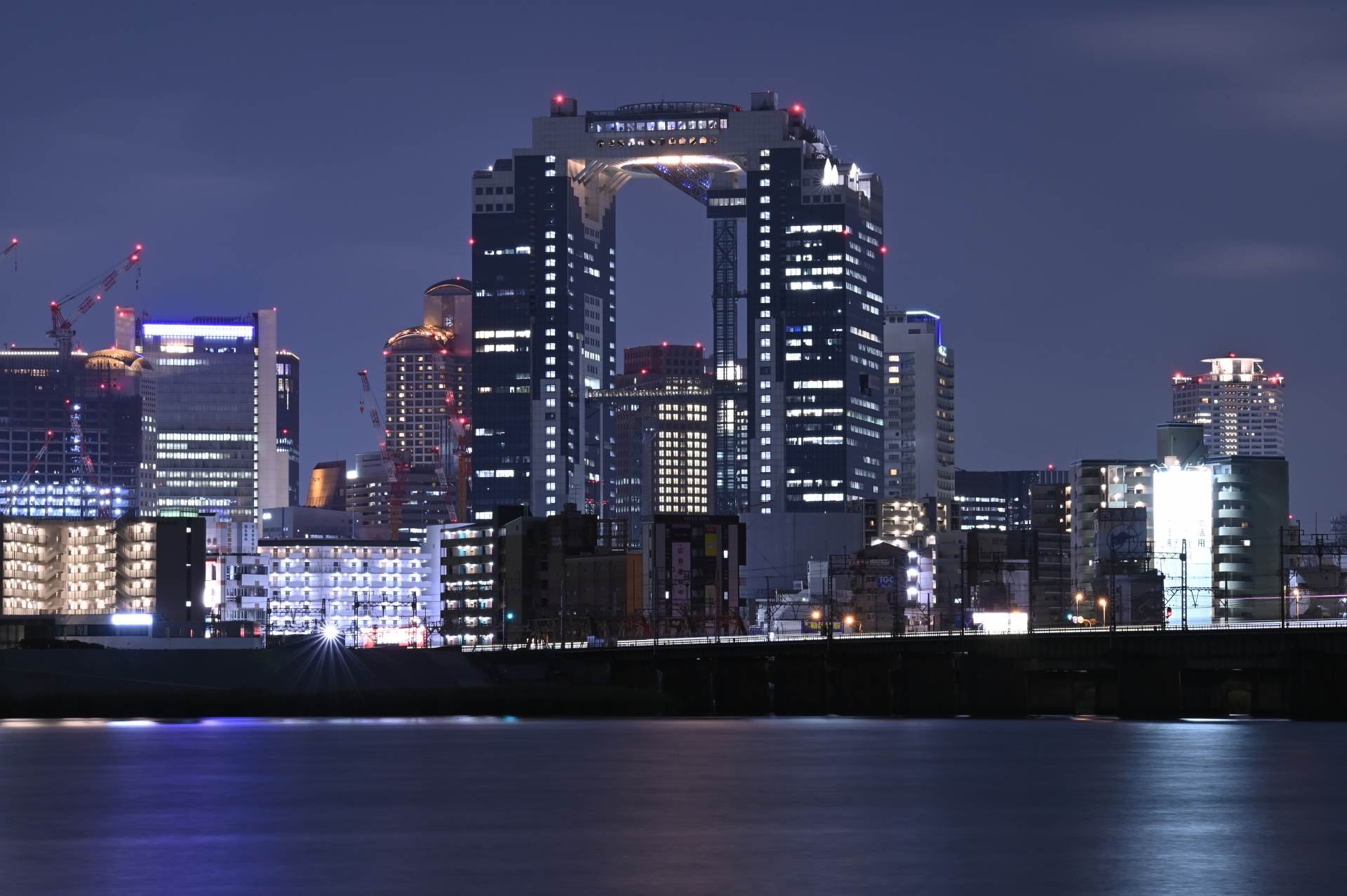
Practical Tips & Planning Advice

Traveling this route is relatively easy, but a bit of preparation helps make it smoother. The Tokaido Shinkansen connects Tokyo, Hakone (via Odawara), Kyoto, and Osaka efficiently, and you may or may not benefit from purchasing a JR Pass depending on whether your total long-distance train costs exceed the pass price. Luggage forwarding is a major convenience in Japan and allows you to move between cities comfortably without carrying heavy bags. In major cities, IC cards like Suica and PASMO simplify train and bus travel.
Choosing accommodations based on convenience can save a lot of time. In Tokyo, neighborhoods such as Shinjuku, Shibuya, and Ginza offer excellent access. Hakone is best enjoyed in traditional ryokan areas like Gora or Hakone-Yumoto. In Kyoto, Gion or Higashiyama provide atmosphere, while Kyoto Station offers practicality. Osaka is typically easiest when you stay near Namba or Umeda.
Seasonality also plays a role. Spring and autumn offer the most beautiful scenery but also attract large crowds. Summer is hot and humid, making indoor breaks important, while winter provides clear weather ideal for seeing Mount Fuji. Budget needs vary widely: backpackers can manage on around $60–$120 per day, mid-range travelers typically spend $150–$250, and luxury experiences can exceed $300–$700, especially with ryokan stays and fine dining.
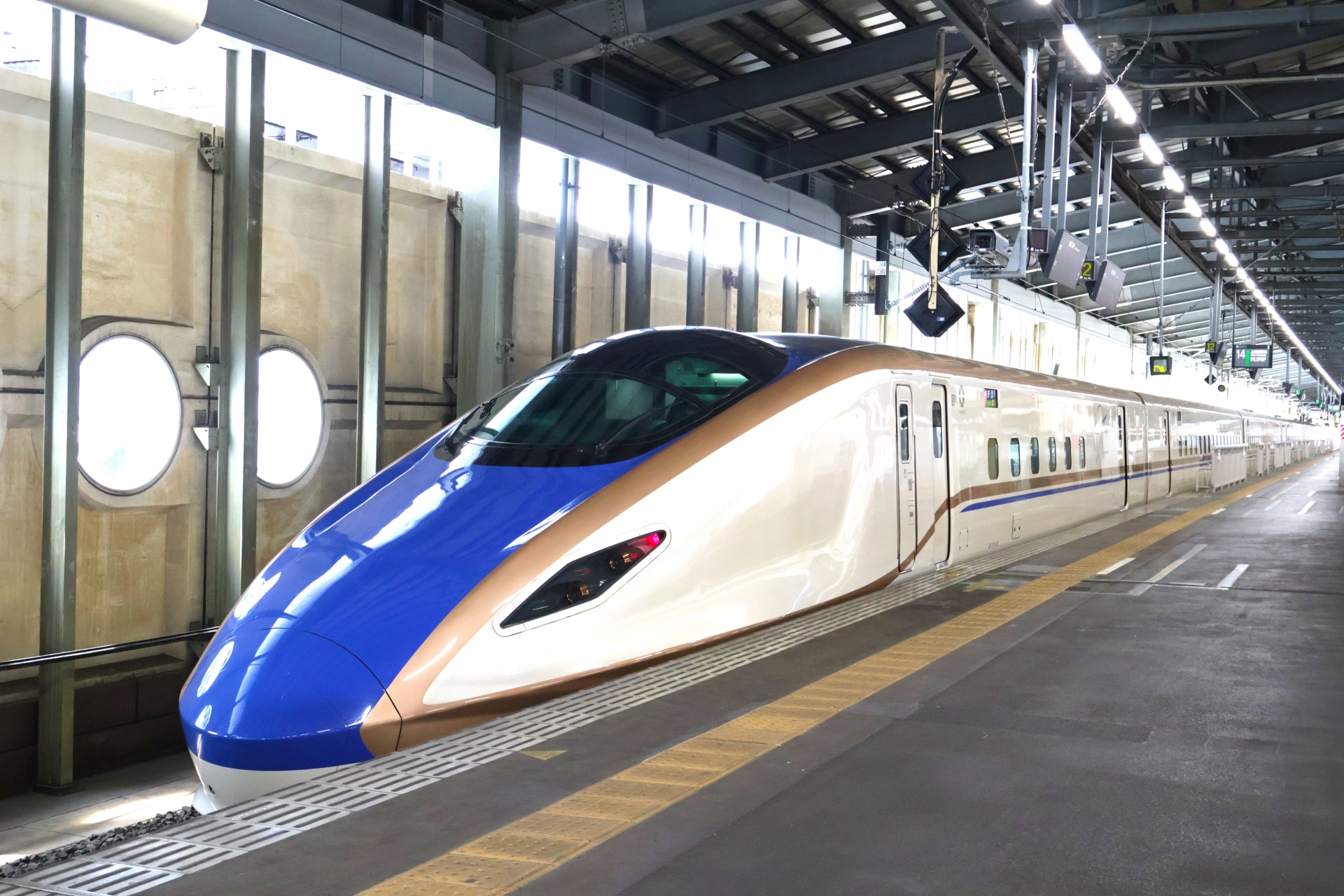

Optional Variations & Extensions
This itinerary is flexible. Slow travelers often prefer adding an extra night in Kyoto or skipping Hakone or Nara to reduce travel stress. More adventurous visitors might replace or extend parts of the route with destinations such as Kanazawa, Takayama, Nikko, or even a multi-day detour into Japan’s rural Tohoku region. Families and older travelers typically appreciate reducing hotel changes and choosing attractions with lighter walking.
What’s Missing from Standard Classic Guides — For Your Next Trip
Most first-time guides focus solely on major landmarks, but Japan offers far more once you return. Local markets like Nishiki in Kyoto, Kuromon in Osaka, or Tokyo’s Tsukiji Outer Market provide an intimate look at daily life. Cultural experiences such as tea ceremonies, kimono rentals, and sumo tournaments let you engage more deeply with tradition. Lesser-visited towns like Kurashiki, Hida-Furukawa, and Matsumoto reveal a quieter and more nostalgic side of the country. For relaxation, famous hot spring regions such as Kinosaki, Kusatsu, and Nyuto Onsen offer multi-day stays that immerse you in Japanese bathing culture. You might also explore regional festivals in Tohoku or the contemporary art islands of the Setouchi region to gain a richer understanding of Japan’s diversity.
Conclusion
The Classic Japan 7-Day Route remains the most practical and inspiring introduction to Japan. It combines major cities, cultural landmarks, natural beauty, and world-class cuisine into a single, well-balanced journey. Whether you choose the relaxed Tokyo–Kyoto–Osaka path or the complete Golden Route through Hakone and Nara, this itinerary delivers an unforgettable first experience of Japan.
And when you’re ready to return, countless deeper experiences await — from local markets and hidden villages to hot spring retreats and regional festivals. The Classic Route is only the beginning of what Japan has to offer.

